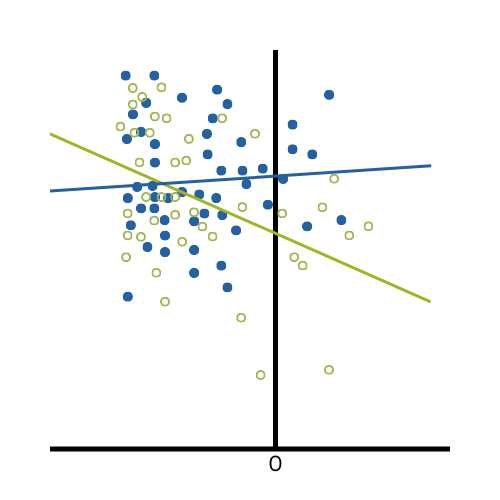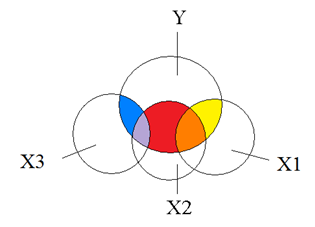Previous Posts
Oops—you ran the analysis you planned to run on your data, carefully chosen to answer your research question, but your residuals aren’t normally distributed. Maybe you’ve tried transforming the outcome variable, or playing around with the independent variables, but still no dice. That’s ok, because you can always turn to a non-parametric analysis, right? Well, […]
What are the best methods for checking a generalized linear mixed model (GLMM) for proper fit? This question comes up frequently. Unfortunately, it isn’t as straightforward as it is for a general linear model. In linear models the requirements are easy to outline: linear in the parameters, normally distributed and independent residuals, and homogeneity of […]
Survey questions are often structured without regard for ease of use within a statistical model. Take for example a survey done by the Centers for Disease Control (CDC) regarding child births in the U.S. One of the variables in the data set is “interval since last pregnancy”. Here is a histogram of the results.
A great tool to have in your statistical tool belt is logistic regression. It comes in many varieties and many of us are familiar with the variety for binary outcomes. But multinomial and ordinal varieties of logistic regression are also incredibly useful and worth knowing. They can be tricky to decide between in practice, however. […]
You probably learned about the four levels of measurement in your very first statistics class: nominal, ordinal, interval, and ratio. Knowing the level of measurement of a variable is crucial when working out how to analyze the variable. Failing to correctly match the statistical method to a variable’s level of measurement leads either to nonsense […]
Multicollinearity can affect any regression model with more than one predictor. It occurs when two or more predictor variables overlap so much in what they measure that their effects are indistinguishable. When the model tries to estimate their unique effects, it goes wonky (yes, that’s a technical term). So for example, you may be interested in […]
At times it is necessary to convert a continuous predictor into a categorical predictor. For example, income per household is shown below. This data is censored, all family income above $155,000 is stated as $155,000. A further explanation about censored and truncated data can be found here. It would be incorrect to use this variable […]
What’s a good method for interpreting the results of a model with two continuous predictors and their interaction? Let’s start by looking at a model without an interaction. In the model below, we regress a subject’s hip size on their weight and height. Height and weight are centered at their means.
Choosing statistical software is part of The Fundamentals of Statistical Skill and is necessary to learning a second software (something we recommend to anyone progressing from Stage 2 to Stage 3 and beyond). You have many choices for software to analyze your data: R, SAS, SPSS, and Stata, among others. They are all quite good, but […]
One approach to model building is to use all predictors that make theoretical sense in the first model. For example, a first model for determining birth weight could include mother’s age, education, marital status, race, weight gain during pregnancy and gestation period. The main effects of this model show that a mother’s education level and […]



 stat skill-building compass
stat skill-building compass